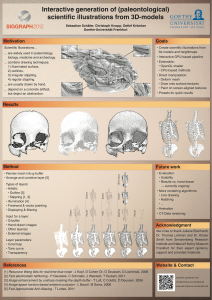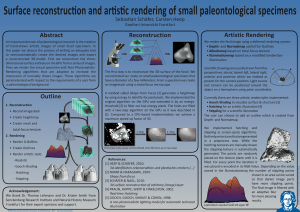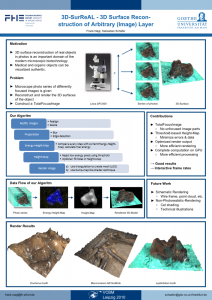Title
A GPU-based approach for scientific illustrations
Abstract
Scientific illustrations are used for centuries in several scientific domains to communicate an abstract theory and are still created manually. In this article we present a GPU-based illustration pipeline with which such illustrations can be created and rendered in an interactive process. This is achieved by combining current non-photorealistic-rendering algorithms with a manual abstraction mechanism and a layer-system to combine multiple techniques. The pipeline can be executed completely on the GPU.
@ 15. Anwendungsbezogener Workshop zur Erfassung, Modellierung, Verarbeitung und Auswertung von 3D-Daten, Berlin (2012)
3DNordOst2012.bib


